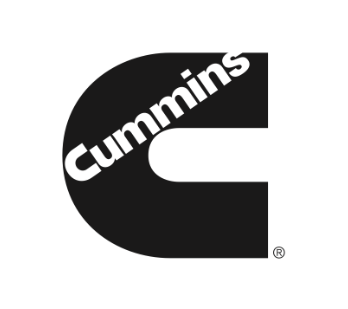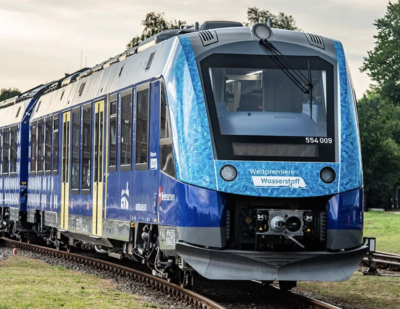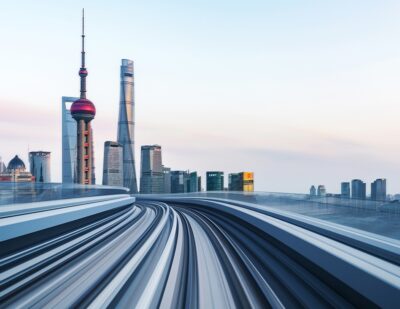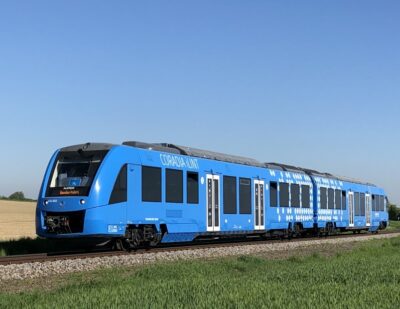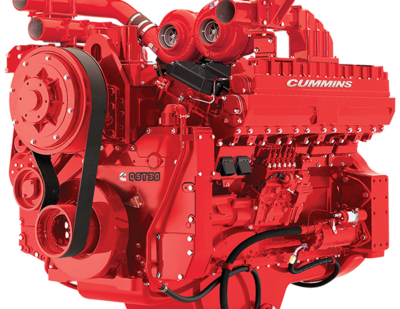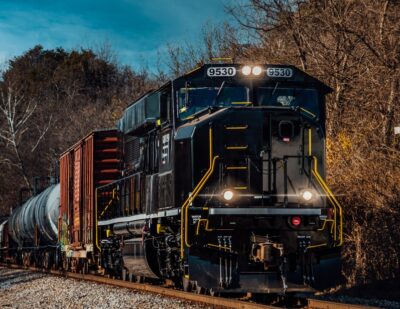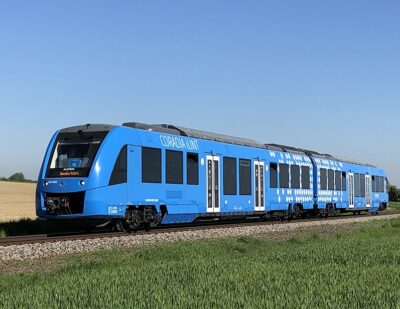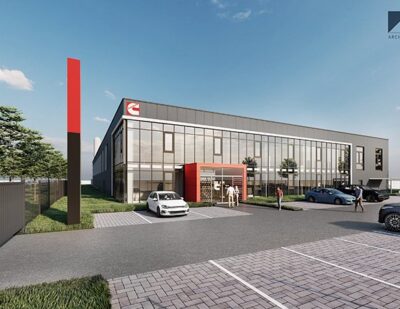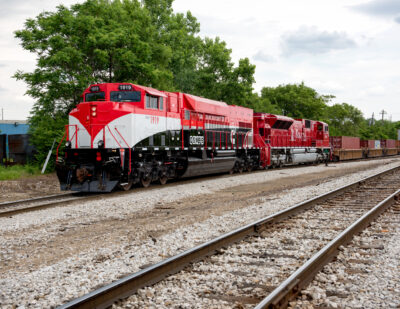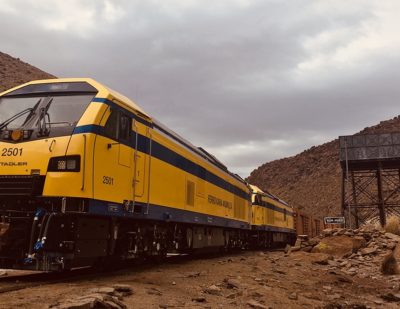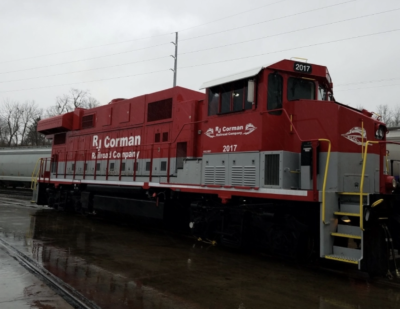Connectivity to Sustainability – the Future of the Rail Industry Looks Different
Zephyr locomotives, named after the Greek god of wind, got everyone’s attention in 1930s with their shining stainless-steel looks and high speed. They also re-invigorated interest in the rail industry and became the poster child of the industry for decades.
The next big transformation in the rail industry will have less to do with steel and more to do with silicon and different fuels. We will likely not see the looks of locomotives change dramatically, yet what is under the hood will make the difference. This article outlines three ways the rail industry’s near future will be different.
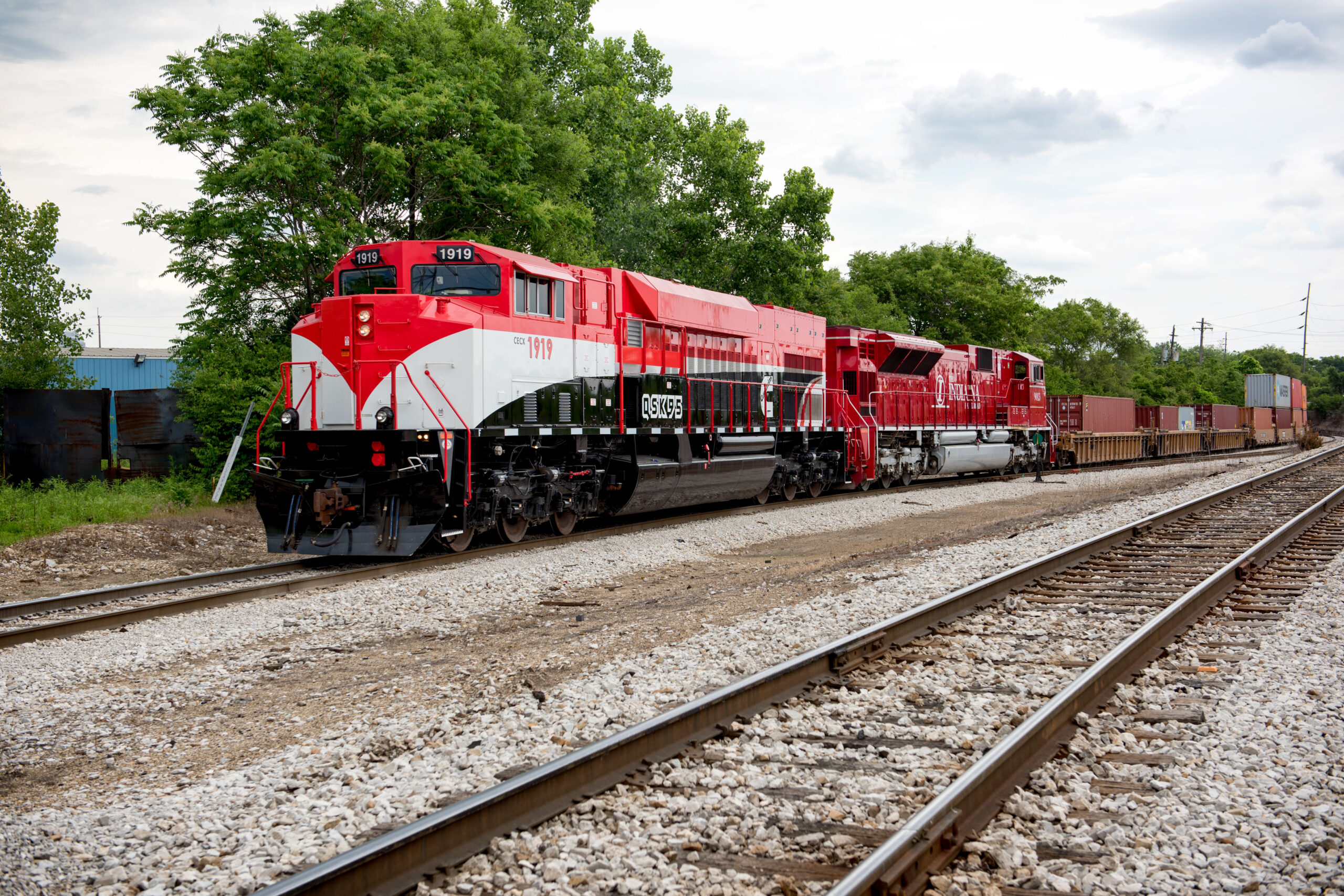
No. 1: Connectivity Will Amplify the Benefits of IoT, AI and Machine Learning
Connectivity is the backbone or the nervous system that brings together other technologies including IoT, AI and machine learning. IoT objects can track different parameters; AI can instill the intelligence needed to make sense out of data collected, and machine learning can lead the execution of tasks; but connectivity brings these together and amplifies each one’s contributions.
Meanwhile, 5G expands the capacity of connectivity and enables it to be more reliable with much lower latency.
For the rail industry, this means the number of IoT devices can be increased on locomotives without congesting the wavelengths. Higher reliability and lower latency mean mission-critical tasks requiring instant intervention and commonly not handled by machines, can now be handled through connected devices.
Locomotives are getting increasingly connected, and the emergence of 5G will further fuel the use of connectivity within and beyond locomotives.
No 2: A Set of Diverse Power Systems Will Give Rail Operators Fit-for-Market Solutions
In the 1800s, steam-powered locomotives were the sole option for rail operators. In the 1930s, diesel-powered locomotives started to gain traction and became the primary option. More recently, two technologies, diesel-electric and full-electric share most of the market when it comes to powering locomotives.
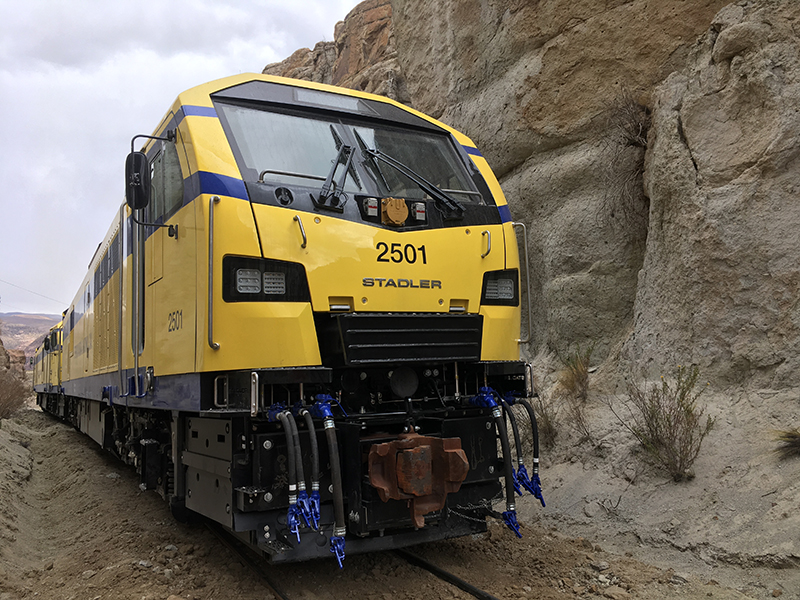
Meanwhile, there are emerging power system technologies trialed by the rail industry. These include fuel cells, both solid oxide and proton-exchange membrane, batteries and hybrid solutions.
Going forward, it is expected there will be a more diverse set of power system technologies used in the market, instead of one or two technologies dominating others. Rail operators are expected to pick and choose the right power system technology based on infrastructure availability, local regulations, economic feasibility and customer preferences.
This will result in currently leading technologies, diesel-electric and full-electric, to co-exist with emerging technologies, such as fuel cells and batteries, often through hybrid applications.
No. 3: Decreasing Emissions Will Lay the Path Towards the All-Renewable Future
For many sectors where energy is used, it is commonly agreed the final destination is an all-renewable future. Meanwhile, the pace towards the destination varies significantly. For example, about 30% of the electricity we use today is from renewables, and it is forecast that after 2040 we will be getting more of our electricity from renewables than fossil fuels.
Mix of technologies from electronics and controls to aftertreatment systems are used in the race towards near-zero NOx engine emissions.
A key focus during our journey towards an all-renewable future is lowering the emissions of leading power system technologies. For instance, emissions of nitrous oxides and particulate matter of diesel engines have decreased over 80% over the last two decades. Technologies such as selective catalytic reduction (SCR) and exhaust gas recirculation (EGR) enabled this significantly reduced environmental footprint.
Going forward, decreasing emissions will continue to be a focal point. In the near term, diesel-hybrid and fuel cell applications will take the lead on lowering emissions. For example, during the second quarter of 2020, two trains powered by Cummins Inc. fuel cells completed an 18-month trial in Europe with over 180,000 km traveled. By 2022, there will be 41 of these types of trains powered by Cummins fuel cells running in Europe, making Cummins the leading provider of fuel cells for trains globally.
The rail industry has gone through its own share of changes over the last few decades, but the current decade is likely going to be a transformative one. Rail professionals’ minds are occupied by topics ranging from technology choices to talent gaps; meanwhile the industry is embracing a diverse set of power solutions and speeding up the connectivity journey.
